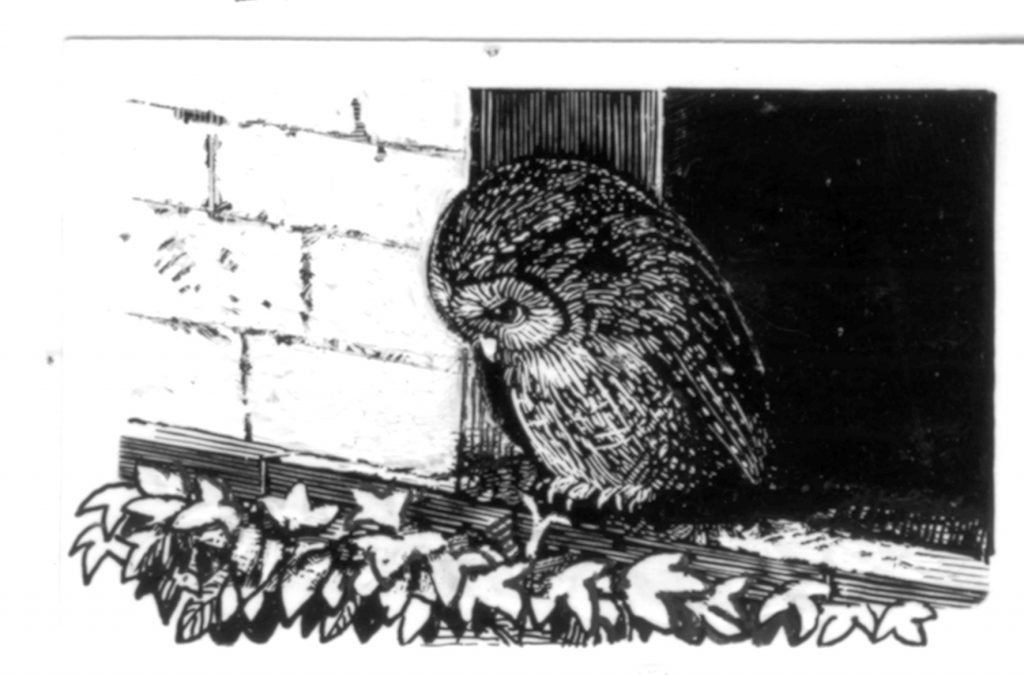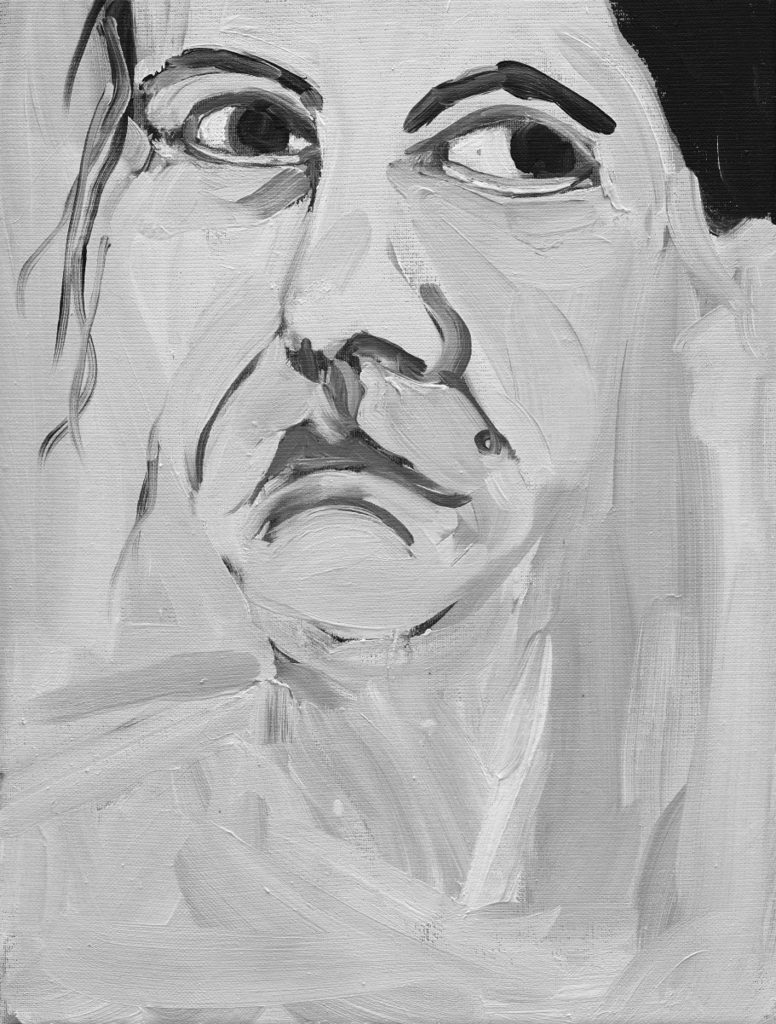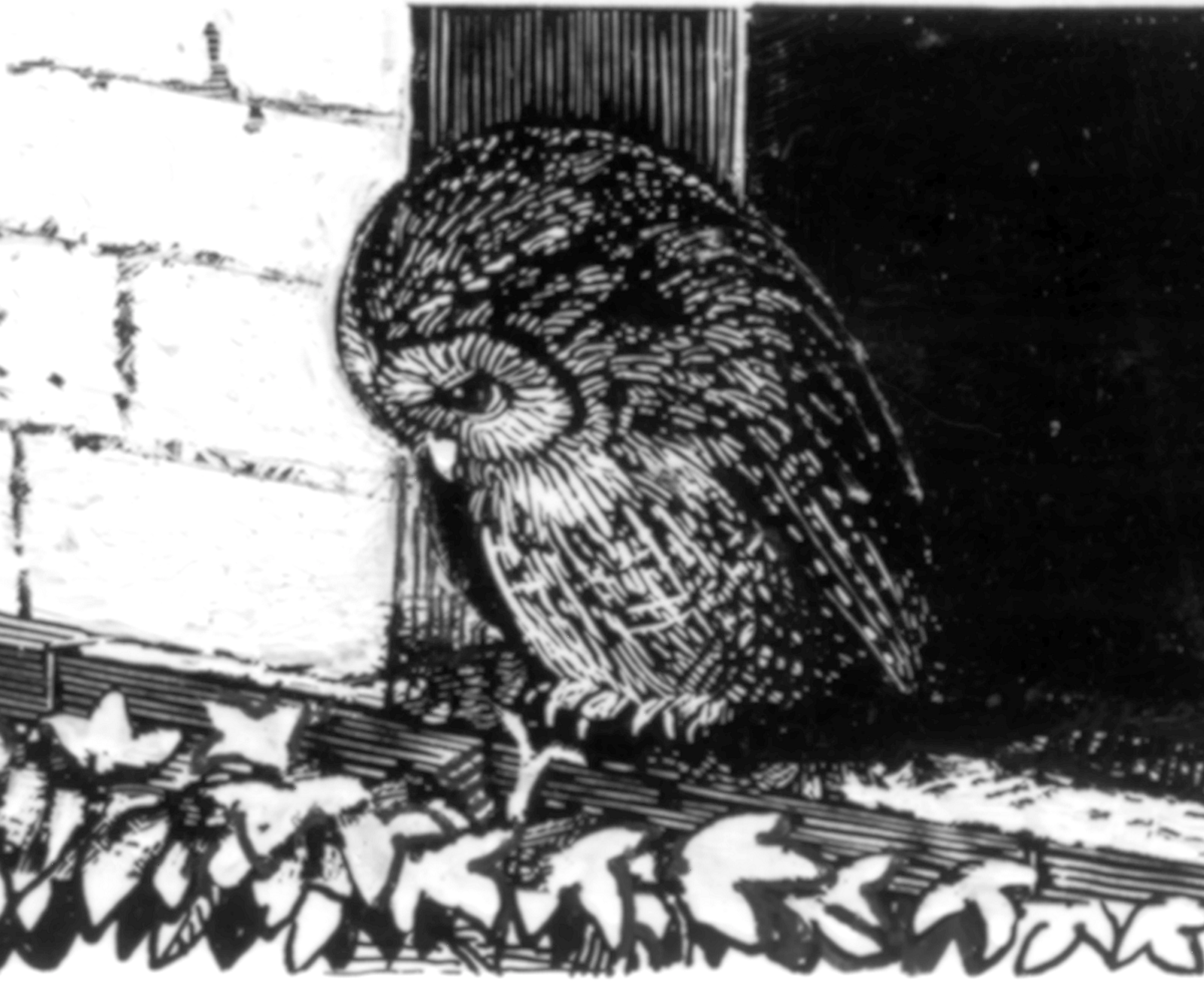
Goodness knows we have more than enough to mope about these dark days, even without the current plague, what with the evenings drawing in and the weather on the turn, again. It seems to happen every year, Winter. Was it always like this, this cold, wet, windy, foggy, snowy thing, with a spot of flu thrown in for good measure? I blame Global Warming, or Climate Change as everyone now calls it, hedging their bets.
Of course the plague doesn’t help, especially at my age, and I can’t say I’m looking forward to being confined to barracks yet again, alone and warming my five wits as best I can in this draughty old belfry, to venture out only at risk of neighbourly denunciation by the horrid old crow next door, and possible debility and death. I know it’s for my own good and, if I didn’t, I know I’d soon be told so by lovely Fiona Gloom or sweet Sophie Despondency on the evening News. Get a grip they’d say, think of others, and do your bit of shielding, whatever that is.

It is a public duty, I know. It makes me almost ashamed to mope at all, though only almost. But then life is strange, and rather wonderful too, and, blow me off my twig, what should happen but that Art appears, smack on cue, to take my mind off such selfish introspection and despair and give me, as I knew it would, something really worth moping about. And, just so, across the wire the message comes, Chantal Joffe (say no more, I hear you cry) is to have another show to follow the one she had, when was it now? – ah yes, the week before last. Gosh, how Time flies.
I’m not sure quite which is the more dispiriting. One can just about understand, though not necessarily forgive, a Barrow Boy, Spiv or Snake-oil Salesman for making a few bob flogging off dodgy goods. After all, there’s always been more than something of the back-street market to the art trade, good times or bad: caveat emptor and all that. And, again, who can really blame an artist for cashing in on a manifest lack of talent given half a chance. Take it while it’s going I say. After all, no one’s forced to buy the stuff.
So no: it’s not the chancers who make my very heart faint and my poor soul grieve so much as the fellow travellers, useful idiots, critics, administrators and curators and, not least, self-serving artists, who by their abandonment of critical judgement keep the whole sad charade on the road. Theirs is the greater betrayal. Trahison des clercs says it all.
I’ve nothing against Miss Joffe, who has shown all over the world, has works in pretty well every major collection, clearly can’t draw or paint to save her life, and is not all that bright if what follows is anything to go by. Along with her new paintings, the show, we’re told (wait for it), ‘premieres’ (no, don’t laugh) some pastel self-portraits (illustrated), about which she has this to say: “You can get a kind of brutality with pastel that you can’t with paint. With paint there’s always an extension of your arm and brush. Whereas pastel is so primitive. You can’t draw hard enough.” Well, I mean to say, I know we now see through a glass darkly but what on earth is all that about? I still feel quite dizzy, and I’ve only read it twice.
The show is called Story, and many of the paintings are of her mother. They consider, so Victoria Miro’s in-house hack helpfully informs us – chez whom the show of course takes place – “consider issues of aging, motherhood and invisibility”, doubtless with profound conclusions drawn, albeit un-vouchsafed as yet. She brings a “combination of insight and integrity, as well as psychological and emotional force, to the genre of figurative art”: at which point I feel we should all take a deep breath and put our heads between our knees for minute or two. Whew. Figurative art a genre, eh? Roll over Rembrandt, Rubens, Velasquez what?
But on we plough: “Defined by its clarity, honesty and empathetic warmth (one can never have too much empathy) her work is attuned to our awareness as both observers and observed beings, apparently simple yet always questioning, complex and emotionally rich.” No, nor do I.
A book accompanies the show in which we find Olivia Laing, novelist and soi disant cultural critic, treading water somewhat, and not exactly waving: “Over the years, a kind of hardening takes place, a process of separation and individuation on both sides… The mother recedes inch by inch, becoming smaller and harder, emerging as a person with needs and sadnesses in her own right.” Receding and emerging, smaller and harder: I don’t like the sound of that. Let’s hope there’s a vaccine soon.
Back with the scribe, Chantal’s “is a deceptively casual brushstroke”, though I’m not so sure that deceptive is quite the word: casual will do. “Her paintings only waveringly adhere to their source (yes: we can see that) – be it a photograph, magazine page, or even a reflection in a mirror – instead reminding us that distortions of scale and form can often make a subject seem more real”, or perhaps not. “Notions of sensuality and self-disclosure (sounds interesting) are parcelled up in works of mobile immediacy.” Mobile immediacy – well there’s something to set the imagination adrift, I must say: swings and chandeliers spring to the febrile, hopeful mind. Mobile immediacy – I shall try to remember that, if not for long. “Hers are deeply questioning images about ever-shifting human connections (those chandeliers again) and the endless intricacies of looking.” Answers on one side of the paper only, the deeper the better.
So there we have it: what justification there is rests either on the narrative alone, as read in the imagery, or on the artist’s subjective experience of its making: of the actual technical quality and resolution of the work as work, painting as painting, drawing as drawing, not a word.
Chantal is a graduate of Camberwell and the RCA, both renowned painting schools in their time, and now a Royal Academician, its Professor of Painting no less, elected by a body that nowadays counts amongst its number such as Our Tracy, Yinka Shinybone, Bob-n’Rob, Young Grayson, and the Misses Dean and Wearing. Some years ago it gave her its Wollaston Prize, nem. con. – which is to say 25,000 of the best and brightest for ‘the most distinguished painting in the summer show’ – worthy heir indeed to the shades of Reynolds, Turner, Lawrence, Millais, Spencer… Perhaps trahison des clercs isn’t strong enough.
